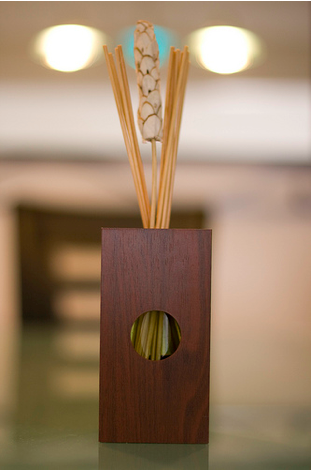A Guest Post by Laura Charon from Beyond Megapixels.
On today’s digital cameras, users have the ability to choose and adjust the metering mode, or how the camera measures the brightness of the subject. Metering settings work by assessing the amount of light available for a photograph, and then adjusting the exposure accordingly. Sometimes, however, the camera isn’t intuitive enough to get the exposure right when using Program, Shutter Priority, or Aperture Priority modes. Fortunately, the photographer has the ability to make manual adjustments to the metering mode used by the camera. (Refer to your individual owner’s manual to learn how to change the settings on your camera.)
Evaluative Metering (on Canon cameras), or Evaluative/Matrix Metering (on Nikon cameras) – This is the “default” setting on most cameras. The camera sets the metering automatically to suit the scene and subject of the photograph. The entire scene within the camera’s viewfinder is utilized to assess the appropriate metering. This is the mode to use when you’re not sure which mode the scene will require.

Canon Digital Rebel XTi, 50mm f/1.4 lens, RAW file format, SOOC - Exposure: 1/30, ISO 200, Shot in Program Mode, Evaluative Metering
Partial Metering (on Canon cameras), or Spot Metering (on Nikon cameras) – This type of metering is helpful for photographing back-lit subjects. The metering is weighted according to the very center of the shot – a very small area of the frame. Use this mode when you have a very specific area of the photograph that you wish the exposure to be based upon.

Canon Digital Rebel XTi, 50mm f/1.4 lens, RAW file format, SOOC - Exposure: 1/20, ISO 200, Shot in Program Mode, Partial Metering
Center-Weighted Average Metering (on Canon cameras), or Center-Weighted Metering (on Nikon cameras) – This metering setting gives priority to the center portion of the photograph, but also takes the surrounding portions of the shot into consideration. Basically, this is somewhere in between Evaluative and Partial Metering. Use this setting when the subject is in the center of the photograph and exposed correctly, so that the subject is not affected by the exposure of the background.

Canon Digital Rebel XTi, 50mm f/1.4 lens, RAW file format, SOOC - Exposure: 1/30, ISO 200, Shot in Program Mode, Center-Weighted Metering
The difference in exposure between the three photographs is slight, but the center example of Partial Metering, I believe, achieves the most correct balance of light and exposure for this particular shot. Since the object is lit from overhead and slightly behind, it is most appropriate to gauge the exposure from the very center of the object.
Photo credits (all): Snerkology Media
Post from: Digital Photography School - Photography Tips.

No comments:
Post a Comment